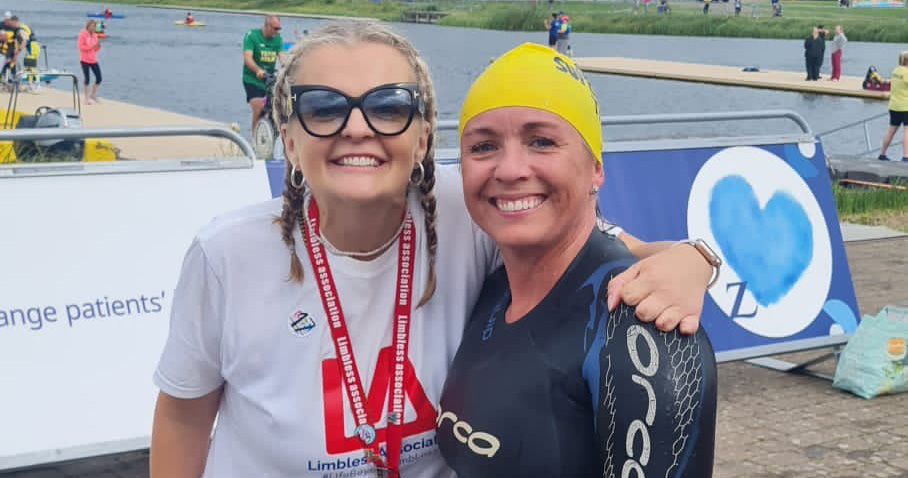Improving patient safety through inquest investigations

Becky Randel looks at how lawyers and charities can work together to support individual families at inquests whilst also identifying wider patient safety issues.
When families approach us to investigate something that might have gone wrong leading to their loved one's death, the biggest concern is often that there is a patient safety issue going unaddressed, which could lead to someone else getting hurt. Representing families regularly at inquests means we often see the ‘bigger picture’ of patient safety concerns, particularly where we see several deaths with similar features.
Recently we’ve represented a number of families during inquests or fatal claims relating to ambulance delays. This echoes coverage in the national press, which has run a number of stories about people waiting huge lengths of time to be seen by ambulance crews.
Ambulance delays are a key patient safety issue that our colleagues at the charity AvMA (Action against Medical Accidents) have also highlighted, having themselves received a number of requests for help through their inquest case work service.
In each of the inquests discussed here, the delays were in relation to ‘Category 2’ calls. These are calls where someone is not unconscious, nor has a traumatic injury (such as a car crash) but is still severely unwell. Category 2 calls include symptoms such as heart pain or difficulty breathing. Ambulances for this category should be sent out within a target time of 18 minutes, or at worst within 40 minutes.
One example of this was Andy…
Andy
Andy called 999 after experiencing pain in his chest, clamminess and pain when breathing. He called 999 and was triaged as a Category 2 call.
After 30 minutes, as no ambulance was with him yet, he was called back to see how he was doing. He had developed new symptoms but still no ambulance arrived. He then called 999 again and was told the ambulance would be at least an hour. Andy’s wife decided it would be quicker to drive him to the hospital. He collapsed on arrival and despite hospital efforts to provide resuscitation, Andy sadly died.
We helped Andy’s family investigate through the inquest process what went on ‘behind the scenes’ when Andy made those 999 calls. By obtaining witness statements, ambulance records and policies, and after questioning a representative of the London Ambulance Service (LAS), we were able to find out that there actually had been a vehicle – a Fast Response Unit – available but a decision was made not to send it. This was despite the fact that there had been specific bulletins sent to dispatch staff that they should be sending out FRUs to patients showing the exact symptoms that Andy was complaining of. The inquest highlighted that clearly these bulletins were not being followed and more needed to be done.
At the end of Andy’s inquest, the LAS explained they had provided more training for staff and that they were taking steps to improve their target times, but that they were still not hitting their target times for Category 2 calls.
The failure to meet their targets for Category 2 calls was clearly still a problem as not long before this update was given, another patient was impacted by delays…
Stuart
Stuart had made a 999 call at 5.40pm suffering from shortness of breath. He was triaged as a Category 2 call as well, but an ambulance didn’t arrive until nearly five hours later, despite Stuart calling the ambulance three more times. He finally arrived at hospital around 11pm and died shortly after 6am from sepsis.
Unfortunately though, it is not just the London Ambulance Service who are oversubscribed and having patients facing unacceptable delays…
Darren
We recently concluded a claim for the family of patient, Darren, who made four calls to the South West Ambulance Service and, despite having been recently discharged from hospital with cardiac issues, was subjected to a one hour delay for an ambulance attending.
During the wait, Darren’s wife had made four calls to the ambulance service due to the severity of his condition, and during the fourth was having to perform CPR herself. Darren sadly died whilst still waiting for the ambulance.
Learning lessons through inquest investigations
Inquests and fatal claims allow the family and the public to look deeper into individual situations such as these to try and highlight where changes could or should be made to improve the service and to protect others. They can provide learning opportunities for organisations to interrogate what has gone wrong with their service and what improvements can be made to avoid a similar thing happening again.
Coroners have a duty during inquests to make a ‘Prevention of Future Deaths Report’ where they have found that an organisation still has systems, policies or practices in place that put people at risk of dying. Whilst the inquest process can only look at individual cases, those of us working within the inquest system – coroners, lawyers, volunteers and charities – can often see the overarching picture and try to take steps to support widespread change to improve patient safety.
Lisa O’Dwyer, Director of Medico Legal Services at AvMA and pioneer of their inquest service says:
“These cases demonstrate how effective the coroner’s inquest can be in identifying weaknesses in healthcare systems. Yet, there is still no public funding to ensure families in healthcare inquests have access to their own legal advice and representation and can fully participate in this process, for many years the government has been called upon to address this inequality but has failed to do so. If the next government is serious about addressing patient safety in a cost effective and efficient way, it must start by urgently implementing the Justice Committee’s recommendations on the coroner’s Service set out in their report published in May 2021.”
All patient names have been changed in this article.
Contact our specialist inquest and fatal claims solicitors to find out more about how the inquest process works.
Call now
Read more from our Team Around the Client Magazine
View more articles related to Team Around the Client







